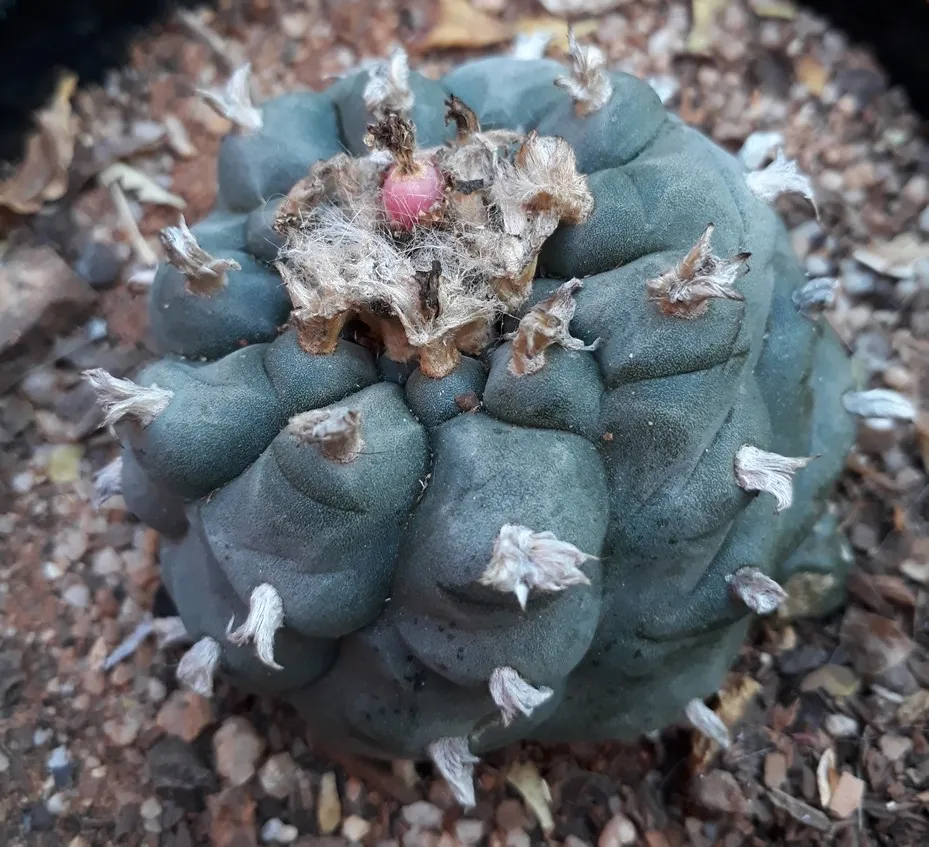
A while ago I posted pictures of the peyote in bloom and they are self-fertile so I was pleased to notice a fruit forming: I will have some seeds to sow in spring.
On the subject of seeds, the spinach looks good, this species dislikes heat and winter is the only time to grow it. Notice the rocks: I removed the mesh as they got larger so the rocks are there to persuade the cats not to take advantage of the winter sun and sleep in the beds
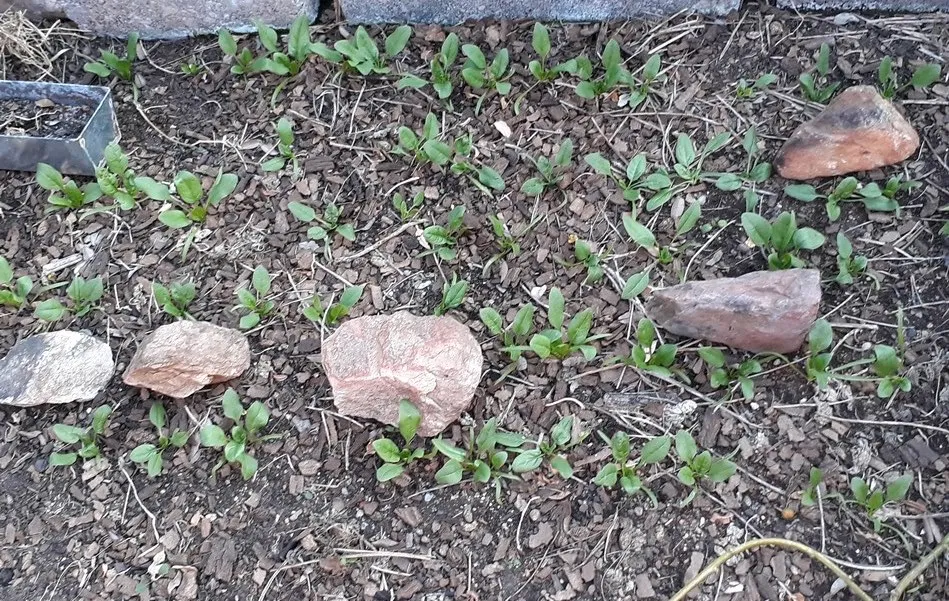
I bought this plant on a Whatsapp sale and it's a new species to me: Aichryson bethencourtianum. It also comes from the Canary Islands and is sometimes also called Aeonium bethencourtianum. The flowers look like those of Aeonium too. This is also a winter grower so it needs plenty of water to grow and will become dormant as the weather warms in spring.
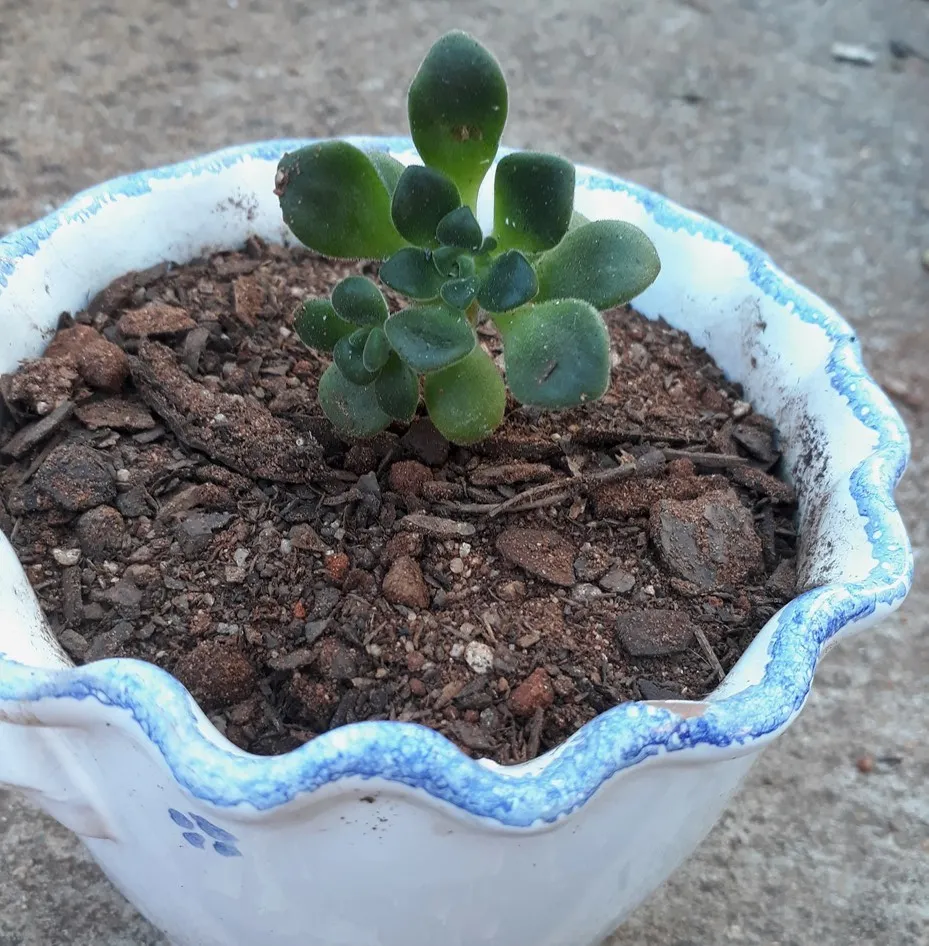
Most of my other plants go dormant during the cold months because although our winters are pretty mild by Northern hemisphere standards, it doesn't rain for 4-5 months at a time and looking at the underground parts you see how they manage to survive.
These cacti are part of the ones I got from the old lady's collection and I don't know the species I was surprised when I repotted them.
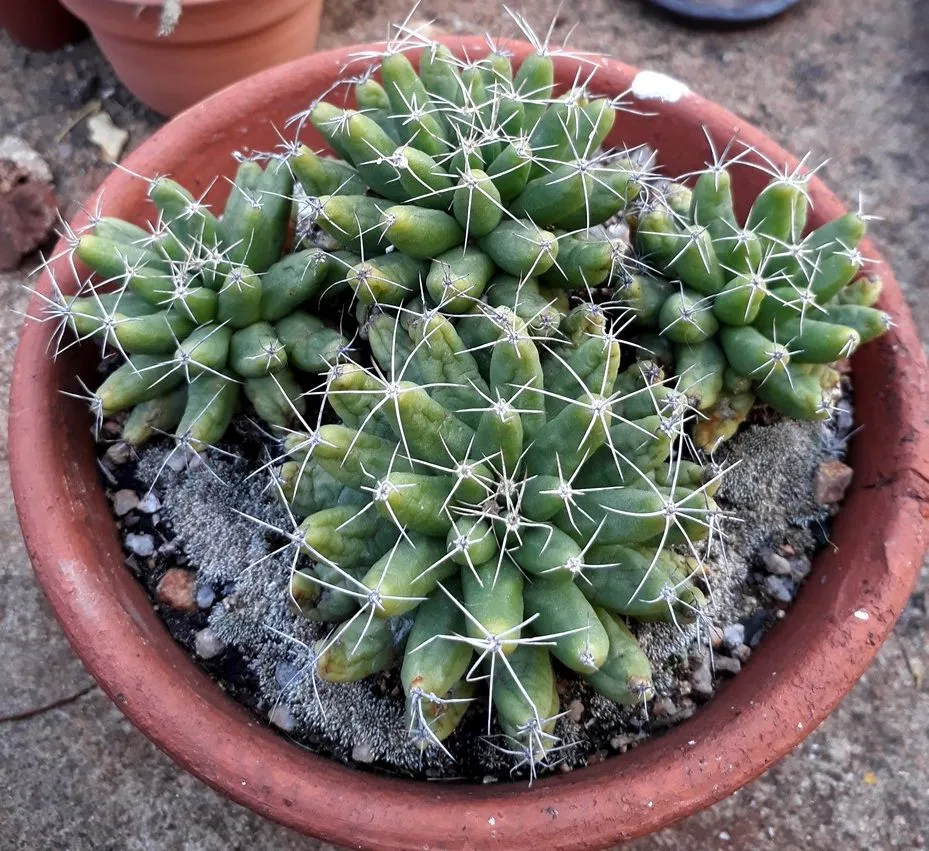
I've seen big cacti roots but these are impressive: not only do they have the normal cacti adaptations to conserve water above the ground, they actually store it underground too.
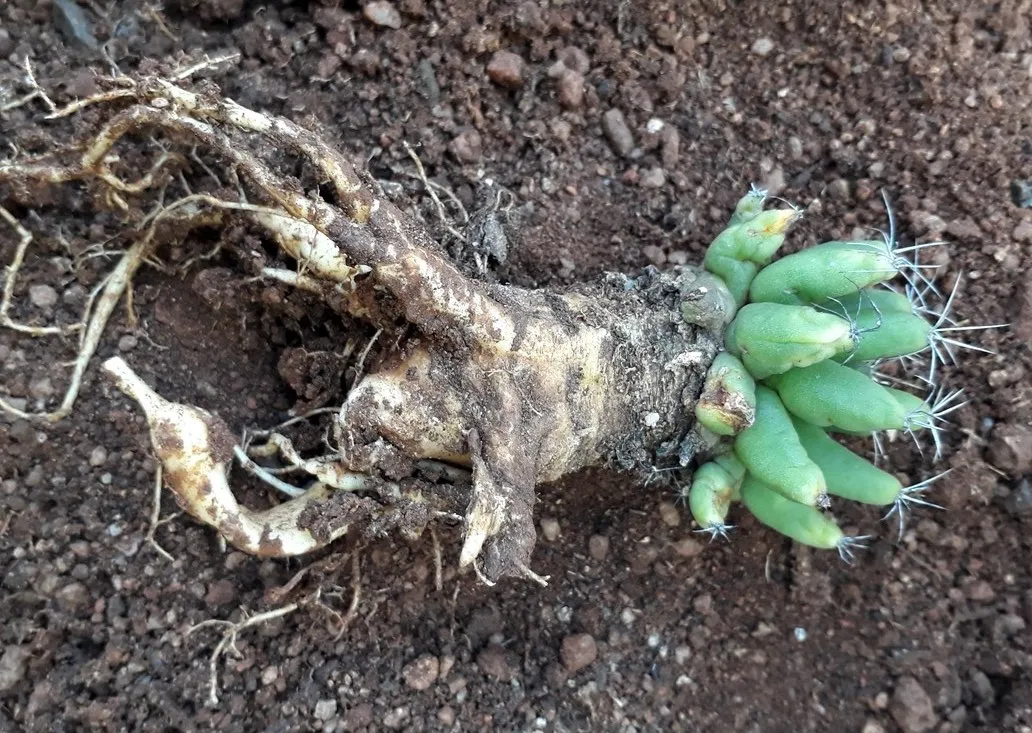
Below are some caudicforms that I got recently, all wild yam species and this one, Dioscorea dregeana, is used as traditional medicine and is hallucinogenic but like many hallucinogenic plants, also pretty toxic. They are dormant in winter so I have put them in soil but they won't need any water until it warms up and the vines sprout.
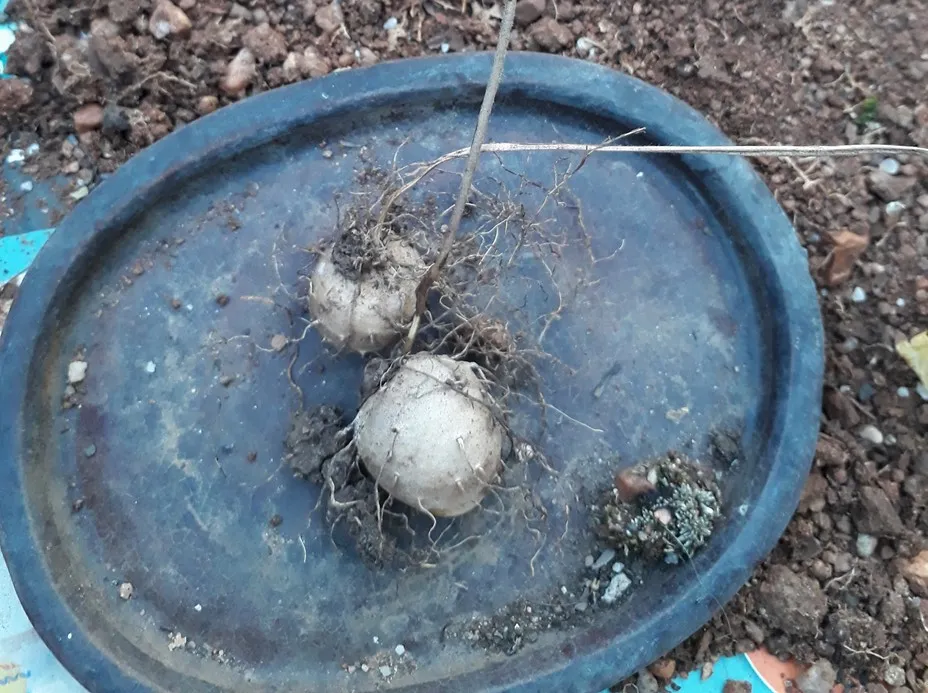
I have been wanting a Dioscorea elephantipes for years and I got this young one. It's probably about 3 years old but they are very slow growing and can live for around 70 years and reach 2-3 meters in height so definitely one you don't sit around waiting for signs of growth with. The rule here is to keep the caudex in shade and let the vine get as much sun as possible. This is another species that you only water when there is active growth so it prefers winter although it can grow at variable times.
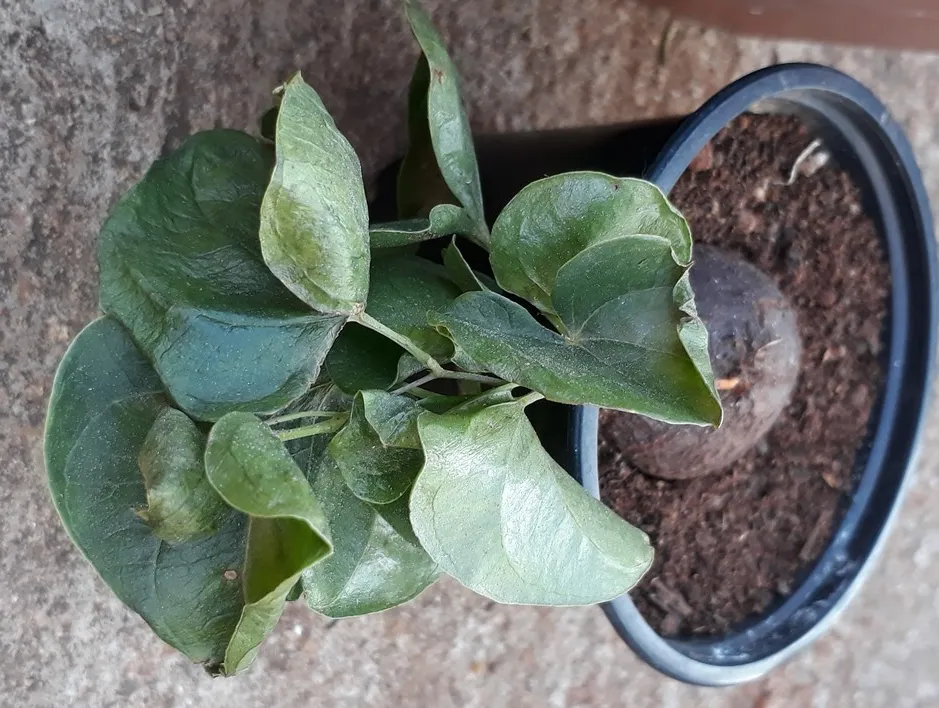
A close-up of the caudex, showing the little fissures forming: over time, it will start to look like this
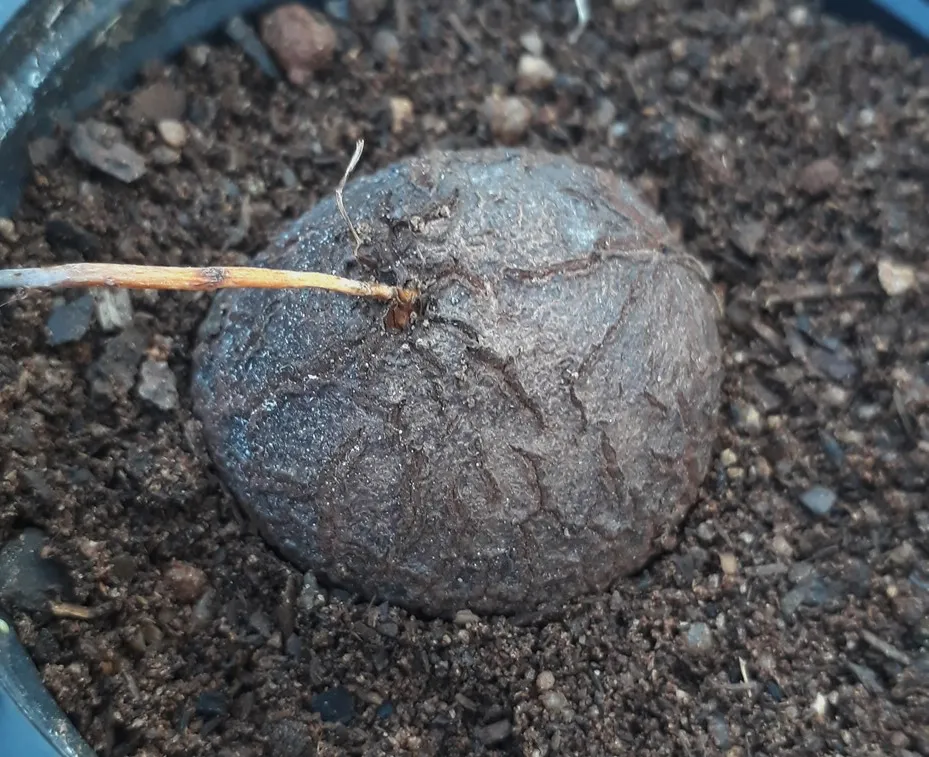
Our native plants are extremely rugged and slow growing, below is a cabbage tree that I grew from seed, it's about 5 years old now and the trunk is about 40 cm high and it also has a caudex. I'll probably plant it in the ground next summer: 5 years is considered a good age for transplanting these young trees.

So far, it's been cold at night but the coldest has been 1C, with no sign of the frost and awful freezes of last year. We'll see what July brings, though. Most native plants survive these temperatures happily, provided they are not watered. They tend to die if the roots are wet when it is cold, unless of course, they are winter growers, native to winter rainfall areas along the Atlantic coast.
It's late in the week to tag people but if you are interested in taking part in the garden journal, look here: @riverflows/june-garden-journal-challenge-win-hive
